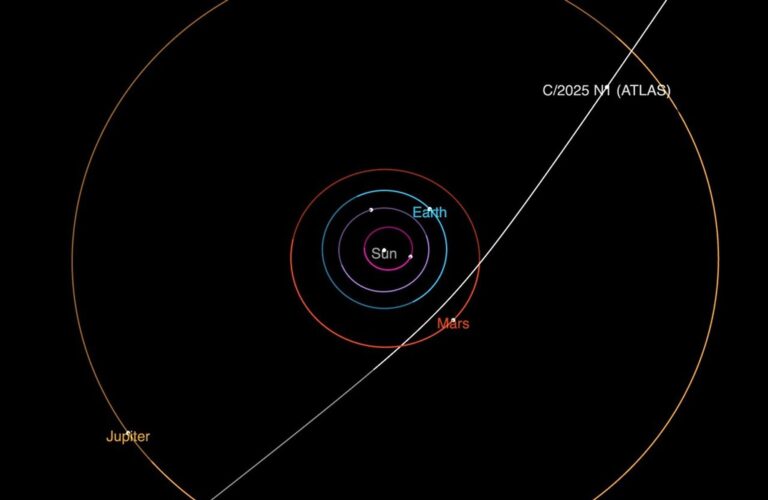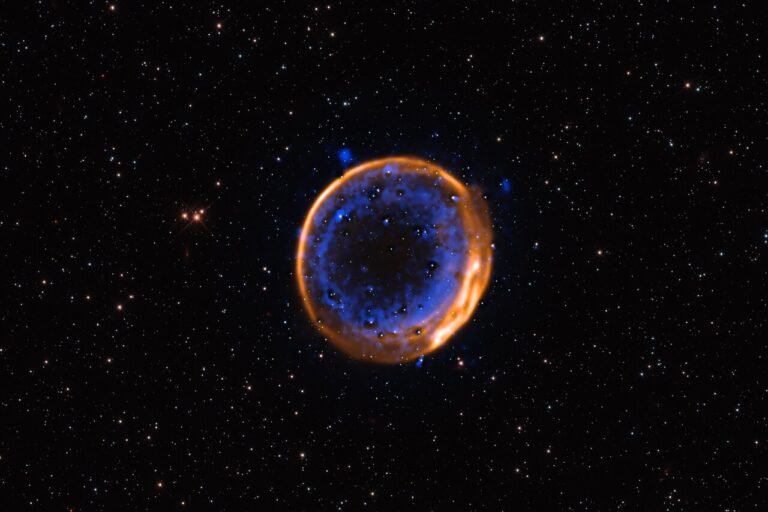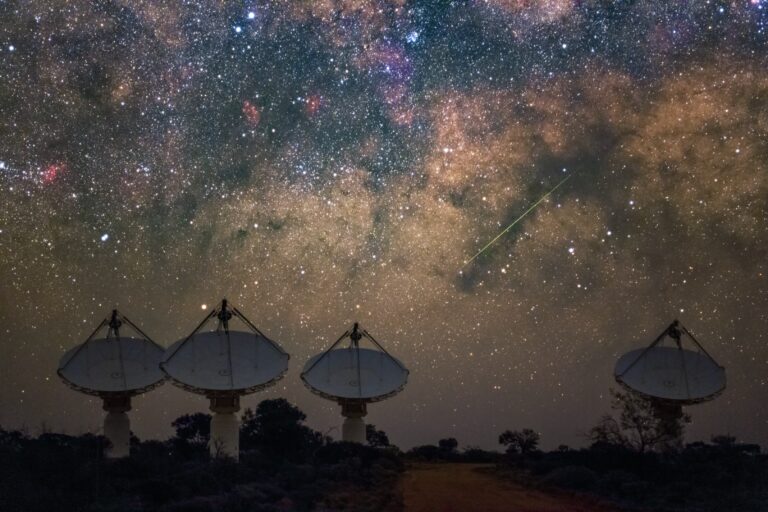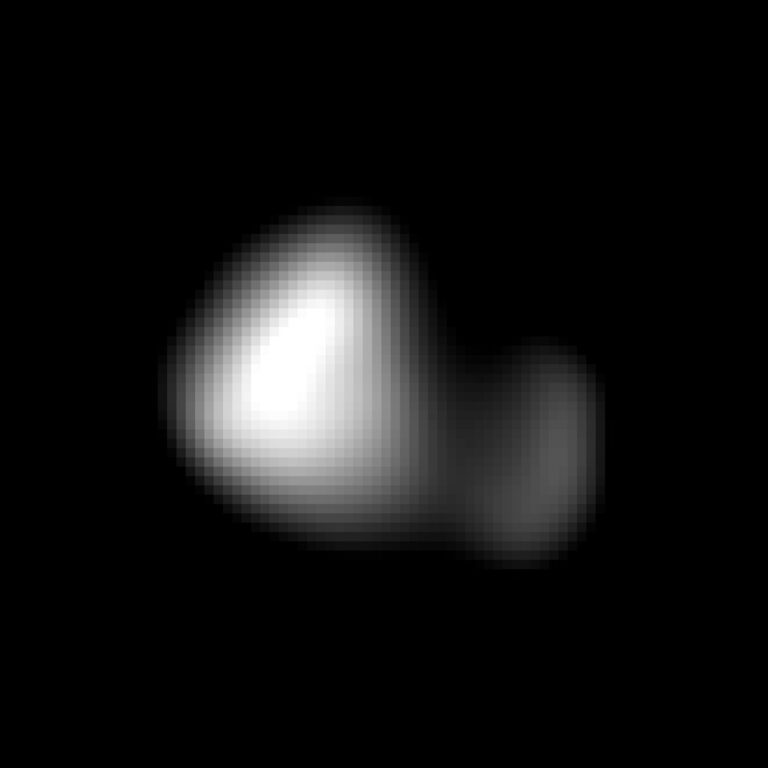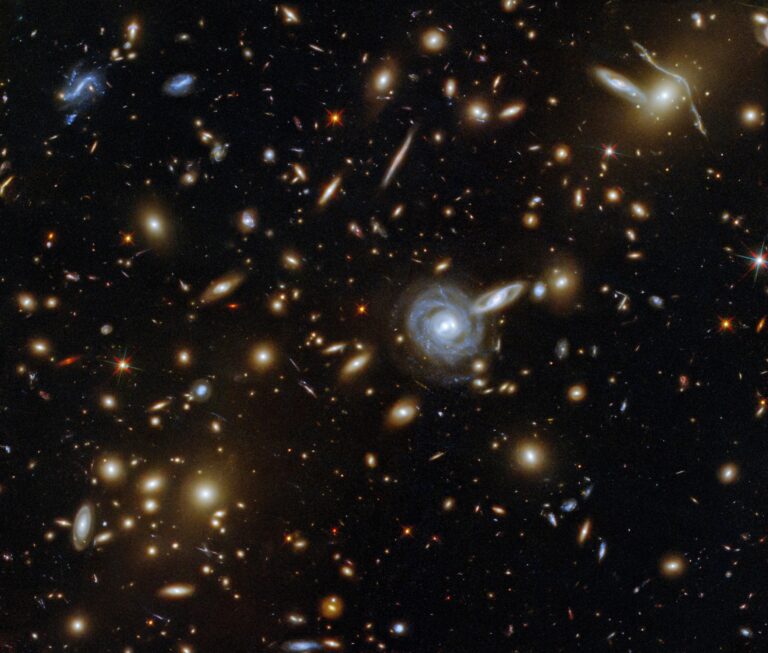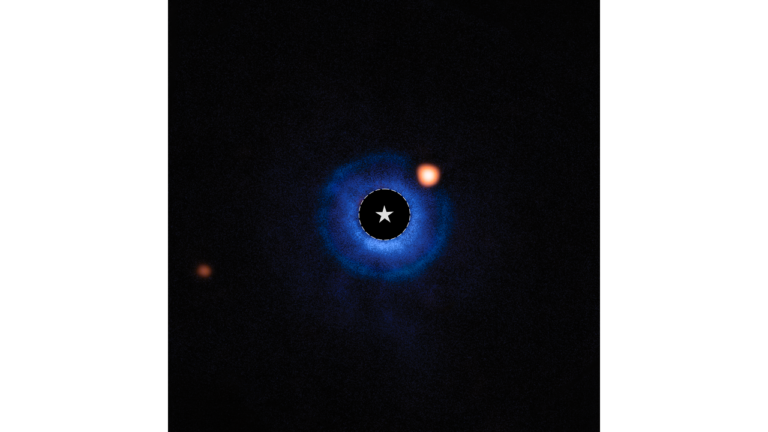Key Takeaways:
Nearby stars would be the first to show a change against the more distant starry background. For example, let’s take an imaginary journey to Proxima Centauri. On the way, we’ll check the position of Sirius, Canis Major’s brightest star — and the brightest in our sky. Sirius lies just 8.6 light-years away, which is one reason it’s so prominent.
We’d see a significant shift (parallax) in Sirius’ position after traveling only 10 percent of the way to Proxima. But this distance is enormous compared to what we deal with in our solar system: It’s nearly 27,000 times Earth’s distance from the Sun. Our fastest spacecraft would take about 3,900 years to reach this far.
Continuing on our imaginary journey, and neglecting the limits of current space technology, Sirius proceeds to glide across the sky until Canis Major is no longer recognizable. By the time we arrive at Proxima Centauri, Sirius lies within 1.7° of Betelgeuse, the star marking Orion’s right shoulder. — BILL COOKE, MARSHALL SPACE FLIGHT CENTER, HUNTSVILLE, ALABAMA


